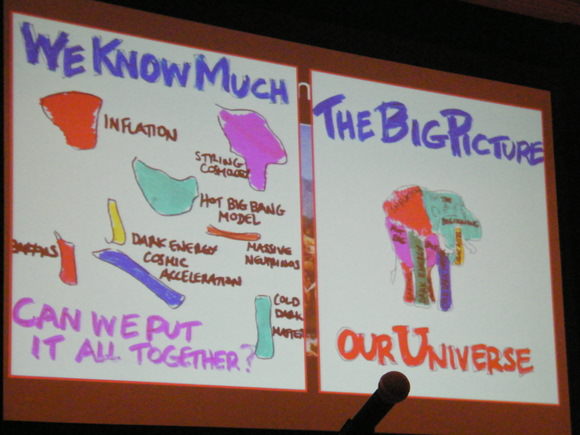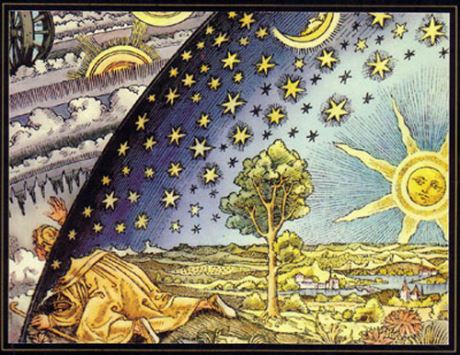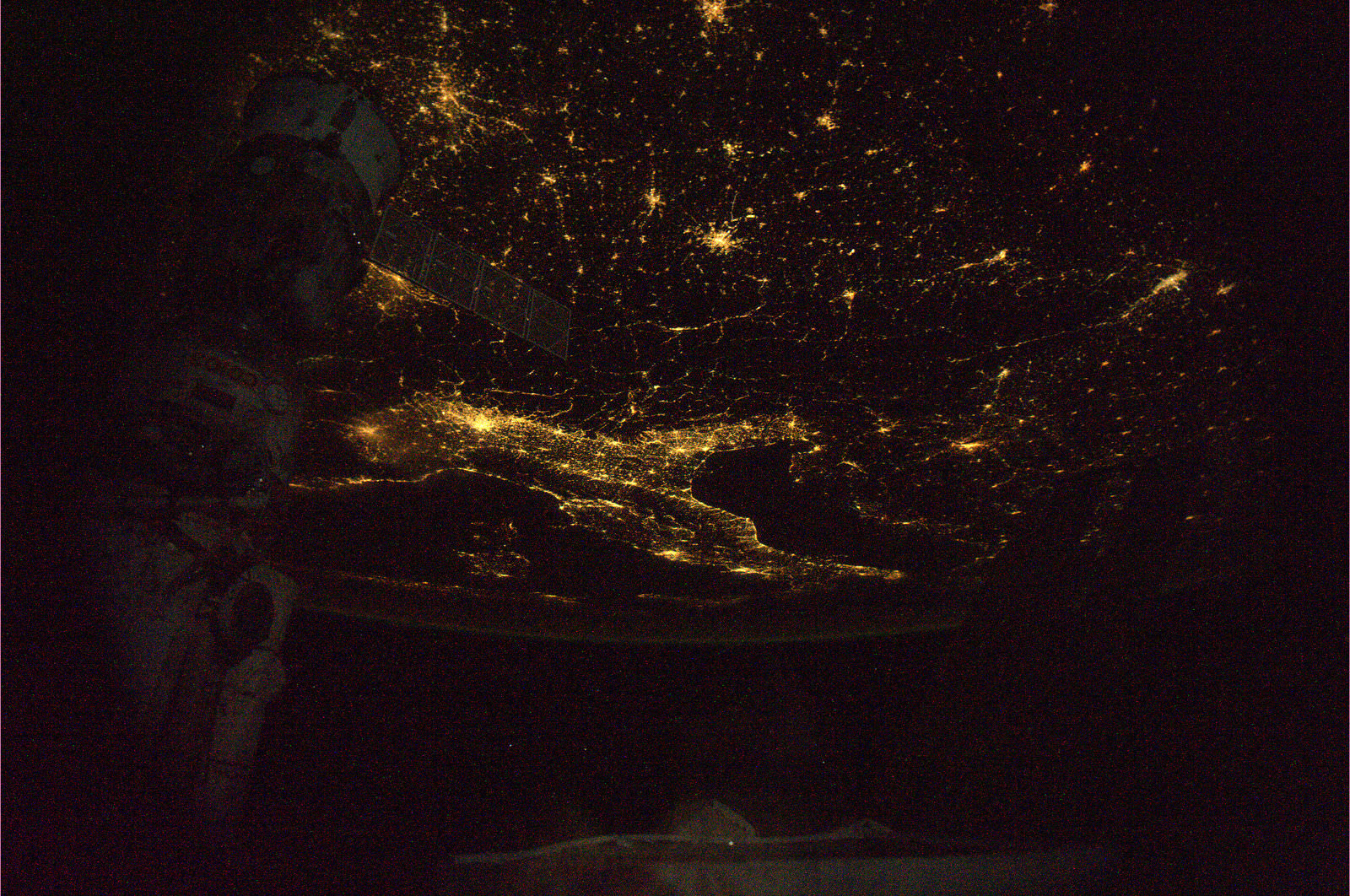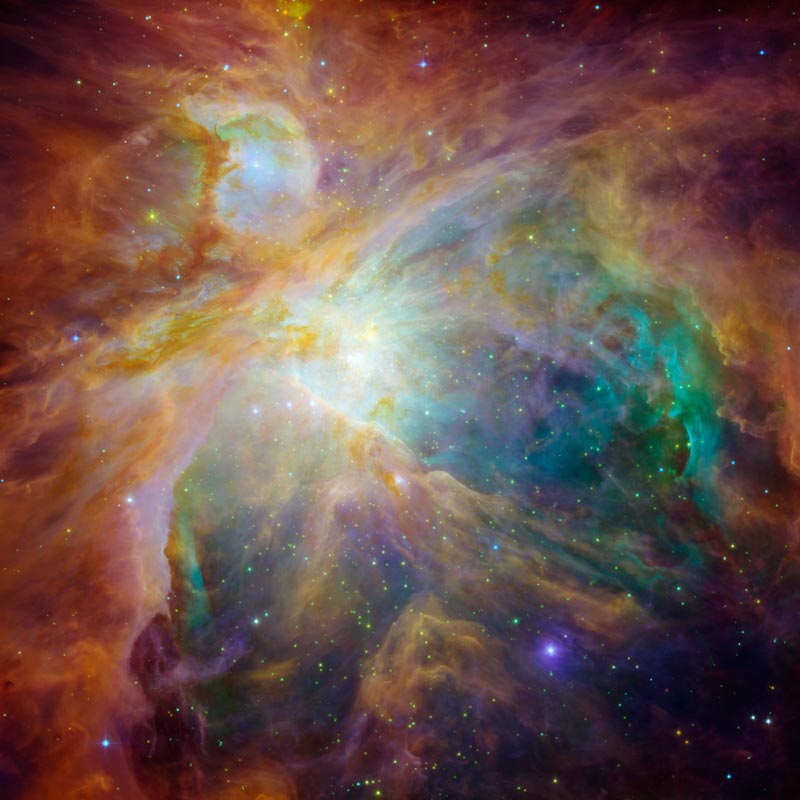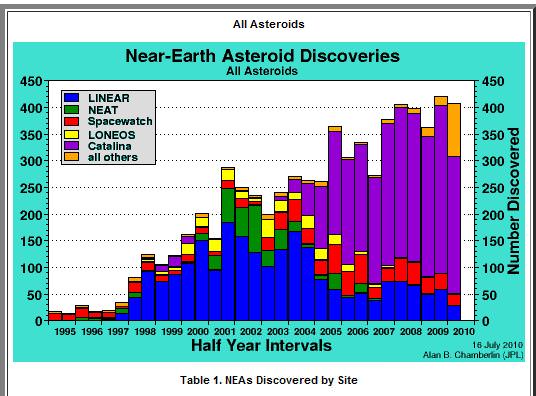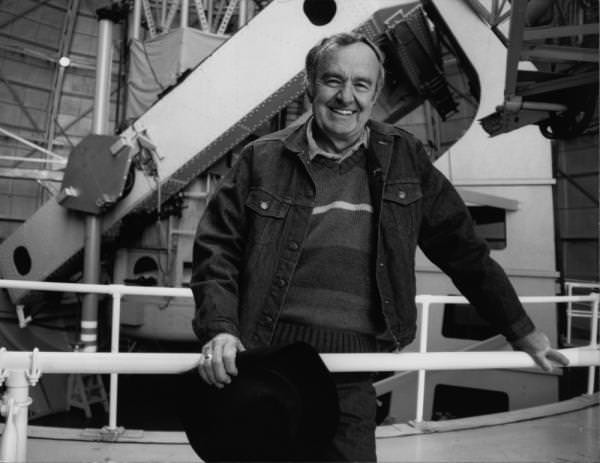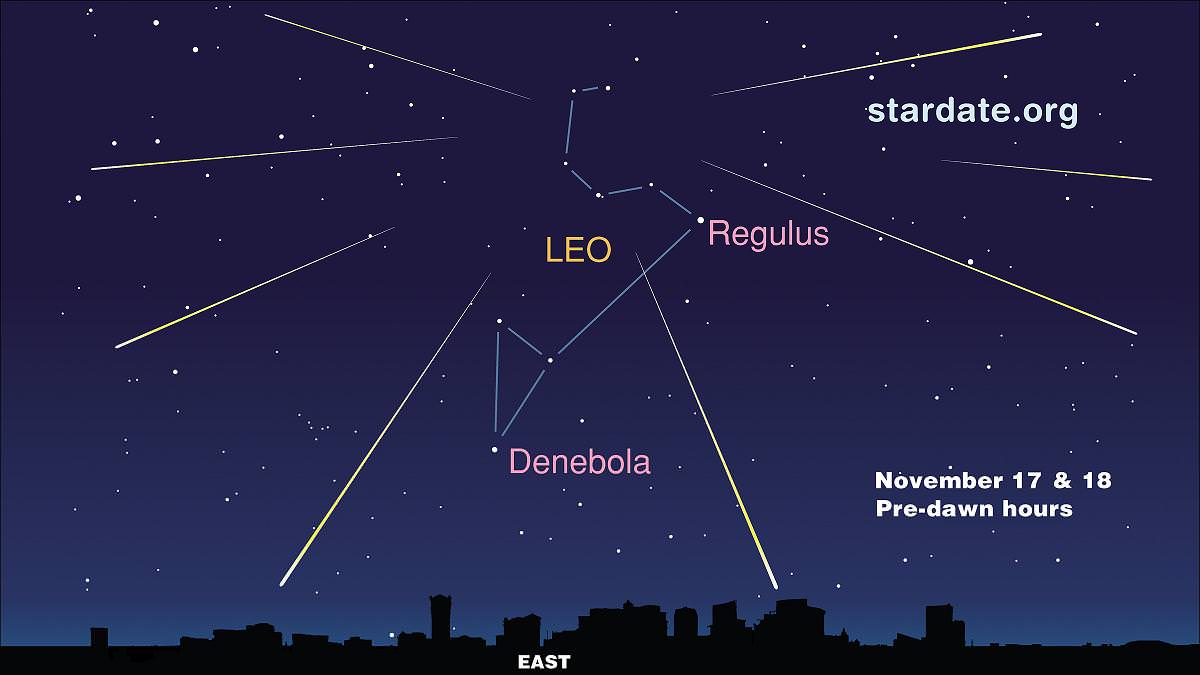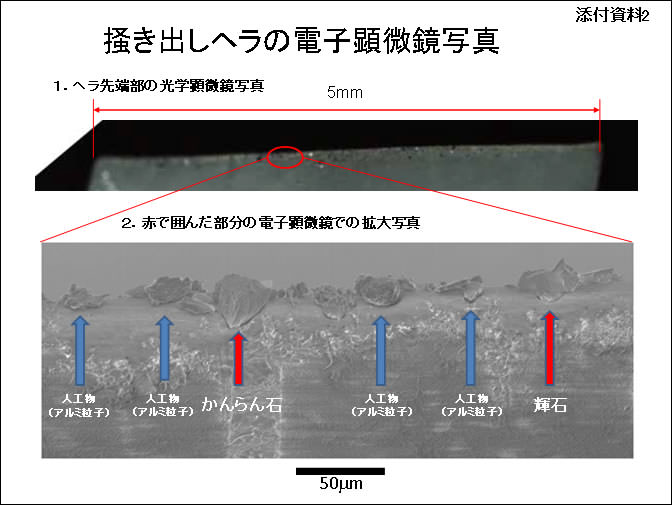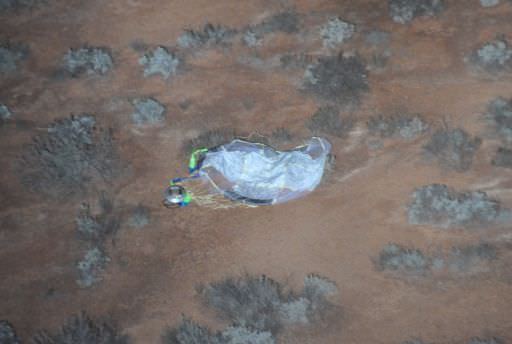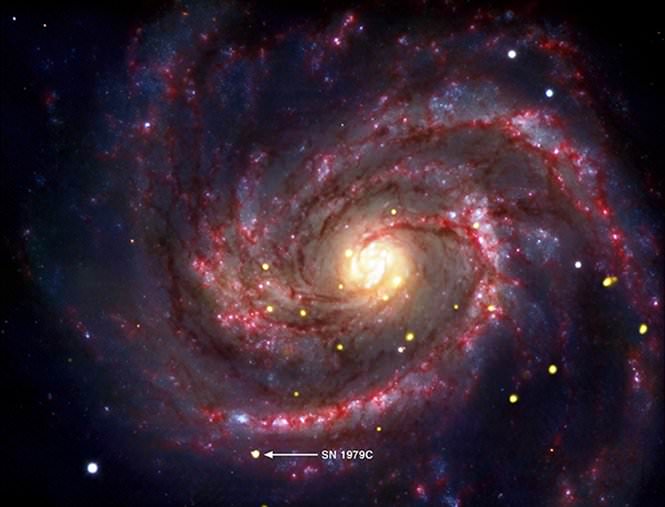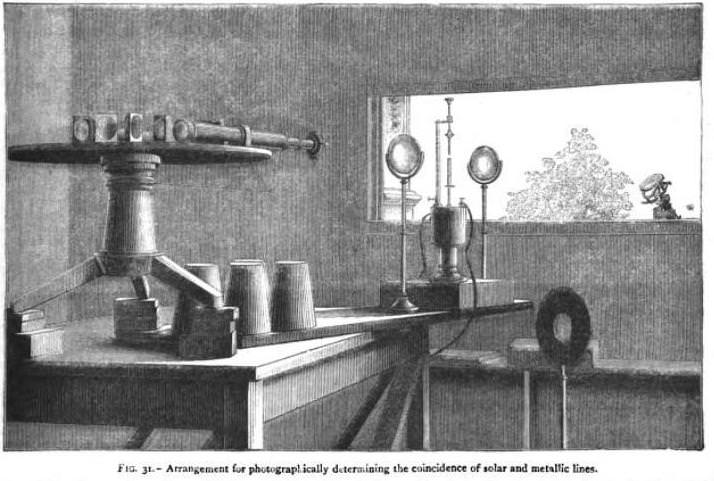Cosmology is a fairly young science, one which attempts to reconstruct the history of our Universe from billions of years ago. Looking back so far in time is extremely difficult, and adding to the complexity is that many of the pillars upon which the theories of cosmology rest have only been conceived within the last 20 years or so. That hasn’t given scientists and theorists much time to fully flesh out and comprehend the situation, and cosmologist Michael Turner says either some important new physics will have to be discovered or we’re going to find a fatal flaw in our prevailing view of the Universe.
So, what will it take to push cosmology over the edge, where it goes fully from theory to science, and we have at least a grasp of cosmological understanding? I had the chance to ask that question to Turner at last week’s National Association of Science Writers conference. Turner, who coined the term “dark energy,” is the Director of the Kavli Institute for Cosmological Physics at the University of Chicago. Here are his top four wishes for discoveries in cosmology:
Wish # 1: Figure out the nature of dark matter.
“I think we’re very close to solving this dark matter problem and I think its going to be stunning when it sinks in to everyone that most of the stuff in the Universe is made of something other than what we are,” Turner said.
Dark matter holds universe together, according to cosmologists. But since it does not emit electromagnetic radiation and we can’t see it, how do we know it is there? “It is needed to hold galaxies together, it is needed to hold clusters together, it is that simple,” Turner said. “There is not enough gravity in all the stars put together to hold clusters together.”
Turner has likened dark matter to an outdoor tree decorated with Christmas lights. From far away, all that can be seen are the lights, but it is the unseen tree that holds the lights where they are and gives them their shape. More poetically Turner said, “The universe is a web of dark matter that is decorated by stars.”
Turner made a bold prediction: “The 2010 is the decade of dark matter – we are going to finish this thing off.”
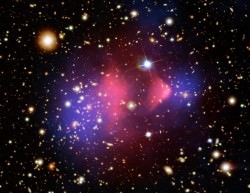
Wish # 2. Figure out the nature of dark energy.
“Dark energy may be most profound problem in cosmology today, and I’ve been wandering around for 10 years saying this,” Turner said. “If dark matter holds the Universe together, dark energy controls its destiny.”
Dark energy likely makes up 66% of the cosmos, and it’s existence has only been theorized since 1998 when astronomers realized that contrary to the prevailing notion that the expansion of the universe should be slowing down, it is actually moving faster as time goes on.
What is the current theoretical understanding of dark energy? “We don’t have a clue,” said Turner. “But let me go out here on a limb with dark energy, and say we may find it is not vacuum energy. Vacuum energy is mathematical equivalent to Einstein’s cosmological constant, and I hope we’ll figure out it is something weirder than the energy of nothing. That doesn’t solve the problem, but it would be a gift to my younger colleagues, because science is all about big questions and they need clues and something big they can sink their teeth into.”
Yes, dark energy is a big problem, but for theorists it’s a big opportunity. However, Turner has some doubts. “Dark energy is one of the big questions that will occupy the next decade, and I don’t know if we’ll be able to solve it,” he said.

Wish # 3: Confirming inflation with the discovery of B-Mode polarization.
Our current best theory about the earliest moments of the universe is called inflation, where during a tiny fraction of a second after the Big Bang, the Universe appears to have expanded exponentially. In particular, high precision measurements of the so-called B-modes (evidence of gravity waves) of the polarization of the cosmic microwave background radiation would be evidence of the gravitational radiation produced by inflation, and they will also show whether the energy scale of inflation predicted by the simplest models is correct.
“That is the smoking gun for inflation.” said Turner. “It explains where all the structure came from – that quantum mechanical fluctuations at the subatomic scale were blown up by this enormous expansion. That is an amazing idea, and in one equation we could figure out exactly when inflation took place. You’ll notice in all our talk of inflation no one ever tells you when it took place, because we don’t know. But those B-modes would tell us.”
Wish #4. Make the mulitiverse go away.
If there was inflation, that means there is also very likely a multitude of Universes out there.
Turner called the concept of the multiverse the 800 lb gorilla in the room.
“The dilemma is, we have evidence that inflation took place and the equations of inflation say that if it took place once, it took place twice and it’s sort of like the mouse and the cookie – if it took place twice it could have taken place an infinite number of times,” he said.
The multiverse hypothesizes multiple universes or parallel universes comprise everthing that is, not just our one “local” universe. “If there is a mulitverse structure, and if you marry this with string theory you end up with a picture of a Universe where there might be different local laws of physics and the different sub-universes might be incredibly different from each other – differences in space and time, some don’t have stable particles, many don’t have life, and so on. This is an incredibly bold idea and may even be the most important idea since Copernicus.”
But, Turner asked, how do you test it? “And if you can’t test it, therefore you can’t call it science,” he said. “So I call it the mulitiverse headache – you have this incredibly important idea, but is it science?”
So what do you end up with? An elephant, Turner declared, as in the story of the blind men describing an elephant.
“That’s where we are in cosmology,” he said. “We are the blind cosmologists feeling the Universe and each piece of data describes something. There are still big questions to be answered, and what we’re doing in cosmology is trying to put it all together, and we might actually, in the next 10-15 years put it all together. That is absolutely amazing; the universe is very big and our abilities are very primitive. But look what we’ve done so far.”
